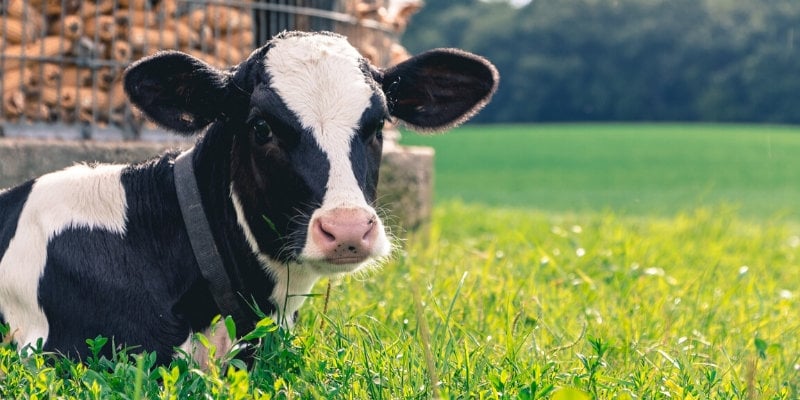Understanding the Misunderstood: Purebreds and Mixed-Breed Dogs
This is an issue all over the world: the pervasive myth that purebreds are “superior” to mixed-breed dogs. As someone who has never owned and will never own a purebred dog, it infuriates me when my dog is disparaged because he isn’t a purebred. For that reason, I want to address the common misunderstandings about purebreds and mixed breeds so that all dogs will be seen as the beautiful animals they are.
Misunderstanding: Purebreds are “better” because they are “pure” and bred with the “best” genes.
Truth: This is probably the most common myth about purebred dogs. When people want a purebred dog, they are usually in pursuit of a particular characteristic or trait related to a breed. The problem is that in order to have a purebred dog, two dogs of a certain breed have to mate. This sometimes results in inbreeding, which can lead to health issues. For instance, short-faced breeds such as pugs and bulldogs often suffer from breathing problems. Great Danes and other similar large breeds tend to have joint troubles, and wrinkly-faced breeds such as boxers and shar-peis struggle with skin and eye diseases.
You can compare it to what would happen if two human cousins had a baby together. The genetic pool for a purebred is simply too small.
Fact: Mixed-breed dogs actually have a lower chance of inheriting congenital diseases because they have a less restricted gene pool and thus fewer genetic defects.
Misunderstanding: Mixed-breed dogs’ temperaments are completely unpredictable because you don’t know their lineage.
Truth: Most people who have mixed-breed dogs likely adopted them from an animal shelter, where there are no records on a dog’s breed composition. However, you can sometimes guess what breeds are in a dog’s lineage. In most mixed-breed dogs, there is some dominant breed that is identifiable from facial or behavioral characteristics. For example, my dog has Lab in him, judging by his head shape and fur coloration. Even so, he is also fairly small and jumpy for a Lab, so my family guesses that he may have some terrier in him as well.
Don’t let the perceived unpredictability of a mixed-breed dog scare you. Any good animal shelter will allow you to interact with a dog before adoption so that you can get a feel for whether the dog will be a good fit for your family.
Fact: Although purebreds often exhibit the behavior and characteristics of their lineage, breed does not guarantee behavior. Nothing is ever guaranteed when it comes to Mother Nature.
Misunderstanding: Paying a lot of money for a purebred means that the dog will be a better animal companion.
Truth: People who brag about spending hundreds—even thousands—of dollars for their purebred dog should realize that their decision to buy a purebred caused another dog in an animal shelter to be euthanized for lack of a good home. Shelters are always in need of people to adopt dogs. And shelters usually charge only a small adoption fee, which can even include vaccines and spaying or neutering.
Fact: Most purebreds are actually not meant to be companion animals. They were domesticated and bred for working purposes, and those characteristics remain to this day.
Mixed-breed dogs are wonderful. If you still think you want a purebred, take a step back and ask yourself why. I guarantee you that there are many terrific mixed-breed dogs waiting in animal shelters who would make you just as happy. But if you still want a purebred, check out animal shelters first anyway—purebreds often end up in shelters, too.
Post written by PETA intern Victoria Wall










